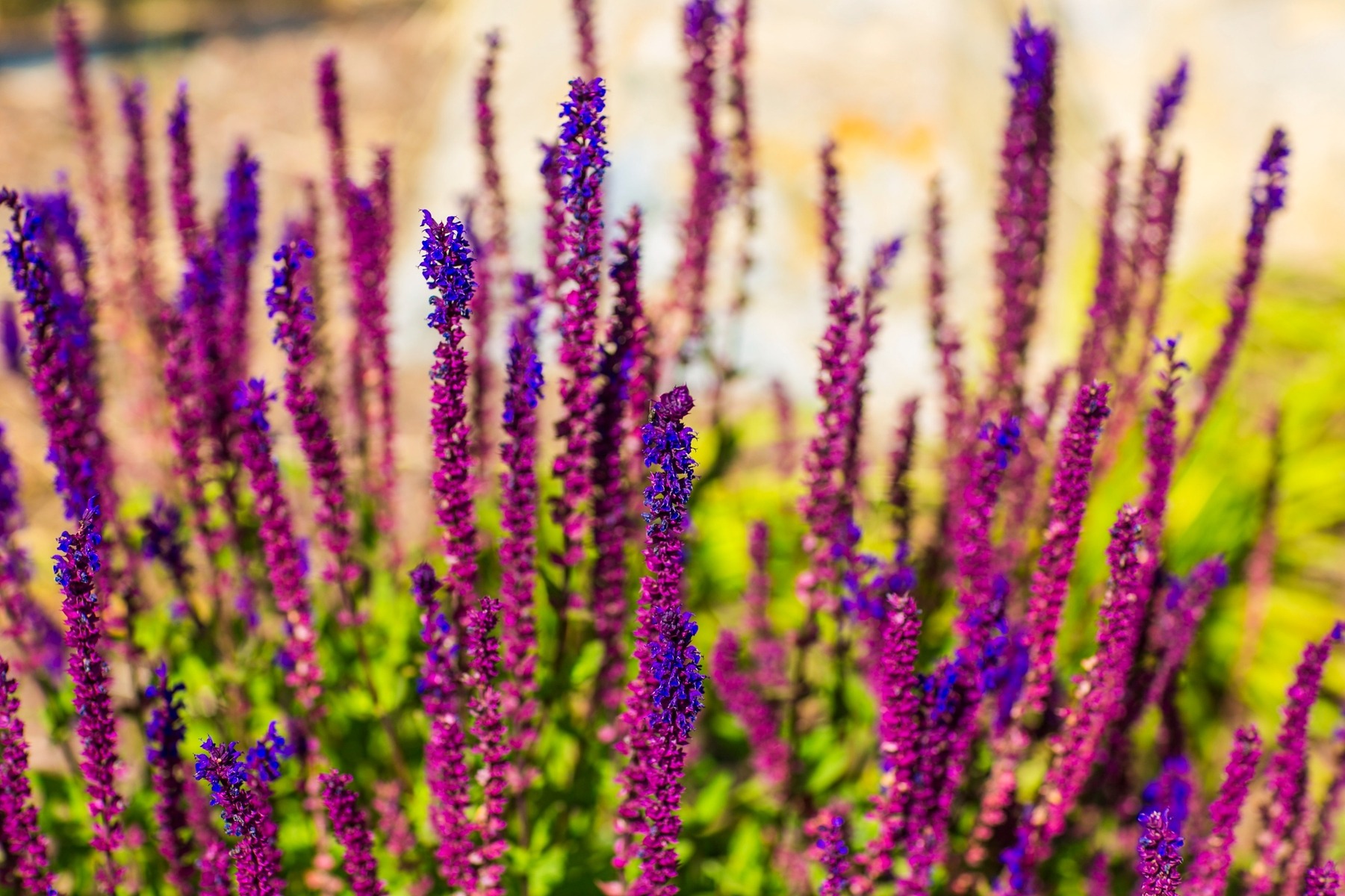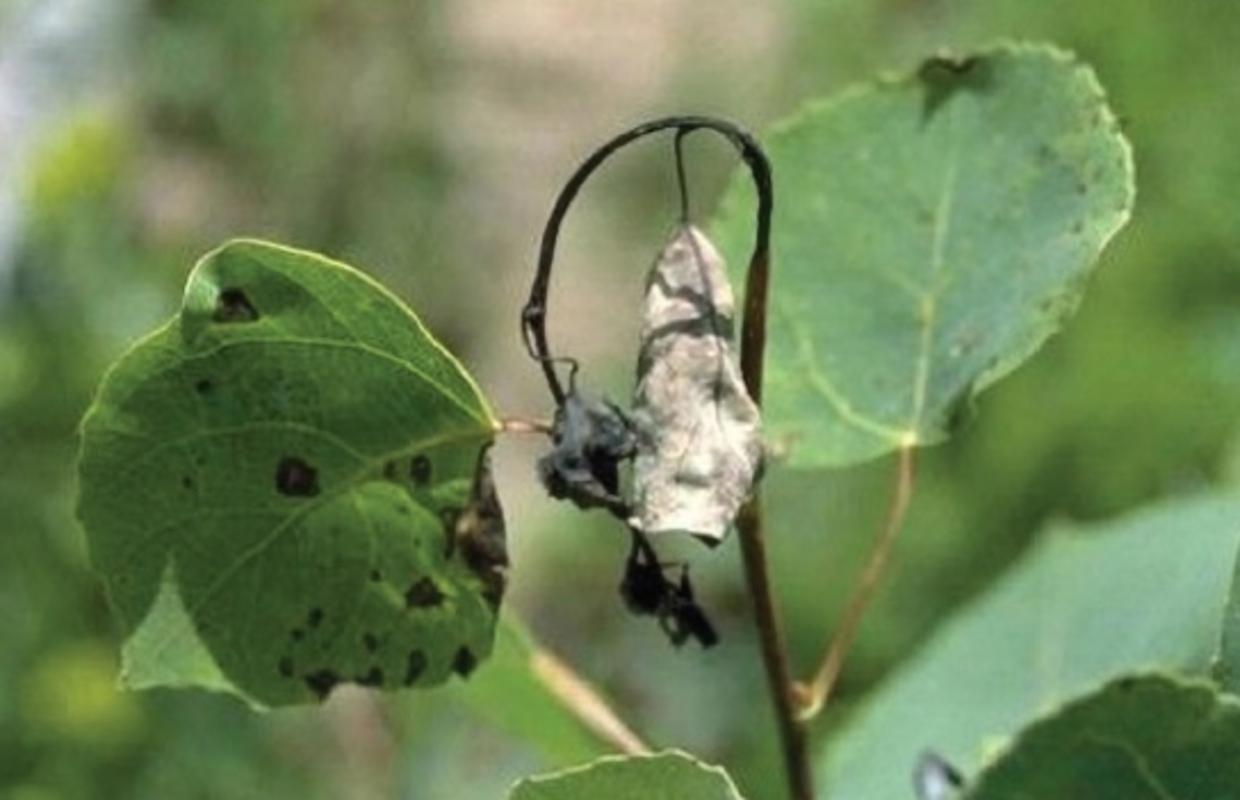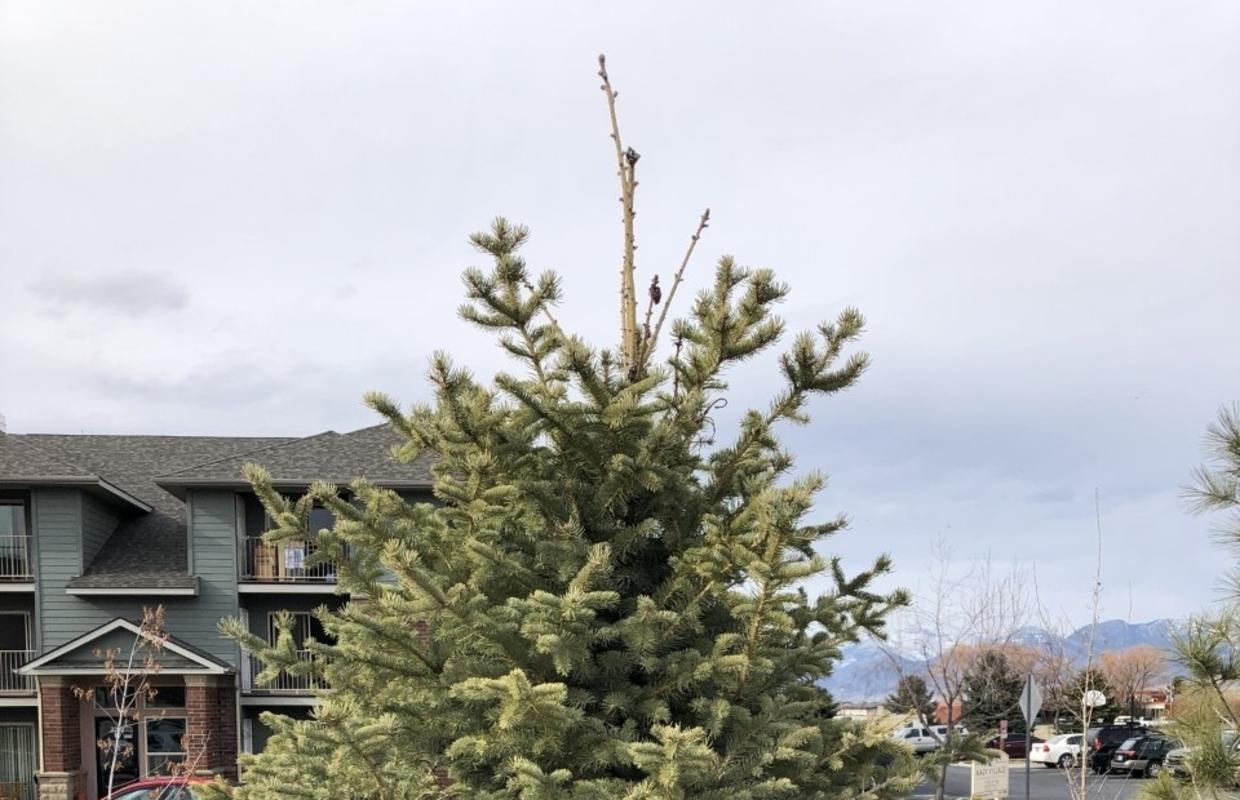Tree Health

Keep plants healthy with nitrogen-free fertilizing methods, year-round or seasonal moose fencing, and pest and disease control.

Organic fertilizers are chemical free fertilizers that enhance your landscapes' health.
"Moose fencing" is fence installed around deciduous trees to protect against animal damage.
Aspen Blackleaf, Rhizosphaera Needle Cast, Pine Beetle, and White Pine Weevil are the most common pests and diseases for trees in Big Sky.
"Moose fencing" is fence installed around deciduous trees to protect against animal damage.
Aspen Blackleaf, Rhizosphaera Needle Cast, Pine Beetle, and White Pine Weevil are the most common pests and diseases for trees in Big Sky.
Why Use Organic Fertilizers?
Organic fertilizers help develop balanced soil food webs over time which in turn increases the water holding capacity of soil. Higher holding capacities buffer against droughts and improve water uptake by plants. Organic fertilizers are more suitable for the Big Sky watershed, as they prevent eutrophication of our subsurface water networks, rivers, and lakes. Heavy application of fertilizers high in nitrogen and phosphorus during wet periods can lead to watershed damage as these substances promote algae blooms and dead zones. Nitrogen loading of the Gallatin River has been identified as a local water quality concern, so at Big Sky Landscaping we aim to reduce the use of non-essential nitrogen-based fertilizers. Plus, chemical-free fertilizers are just as effective here in Big Sky!
Use Cases
Organic fertilizers improve the health of both lawns and trees. Our team will assess your landscape and apply the correct type and quantity of fertilizer to keep your property nourished. Our products aim to enhance the soil profile of your property by introducing microbes and enzymes that improve soil fertility, reduce compaction, and allow for better root zone development.
Why Install Moose Fencing?
"Moose fencing" is fence installed around deciduous trees to protect against animal damage. The moose fence at your property is scheduled to be removed in the spring and re-installed in the fall or may be kept up year-round until trees have matured.

Pests & Diseases: Aspen blackleaf
Aspen blackleaf, or leaf spot, is caused by a fungal infection that are marked by brown or black spots on the leaves of Aspen trees. The blackleaf stunts tree growth and causes early leaf drop in the fall. Light infections are inconsequential, but repeated infections can kill smaller trees and weaken larger trees. Aspen blackleaf is best controlled by collecting all dropped leaves in the fall, pruning trees and adjusting sprinkler heads to keep leaves dry.

Pests & Diseases: Rhizosphaera Needle Cast
Rhizosphaera needle cast is a fungal disease that causes needles to die in Spruce, Mugo pine, and Douglas Fir. The disease spreads in warm weather and usually attacks older needles on the branches in the lower portion of the canopy. If uncontrolled the disease will kill the tree.
Rhizosphaera needle cast is best controlled by pruning the bottom branches, raking up fallen needles, and applying fungicide for at least two years.

Pests & Diseases: Pine Beetle
Mountain Pine Beetles tunnel beneath the bark of Ponderosa, Lodgepole, Limber, and Bristlecone Pine trees, disrupting the movement of nutrients throughout the tree, resulting in the tree's death. The only treatment is preventative insecticide containing permethrin. This treatment is applied in early June.

Pests & Diseases: White Pine Weevil
White Pine Weevil damages the top of pine, spruce, and sometimes fir trees, killing the leader. Curled, dead or dying leaders are a sign of weevil. Infested trees rarely die and pruning is the most affective just below the damaged leader. Insecticide application in spring also helps prevention before weevils lay eggs.